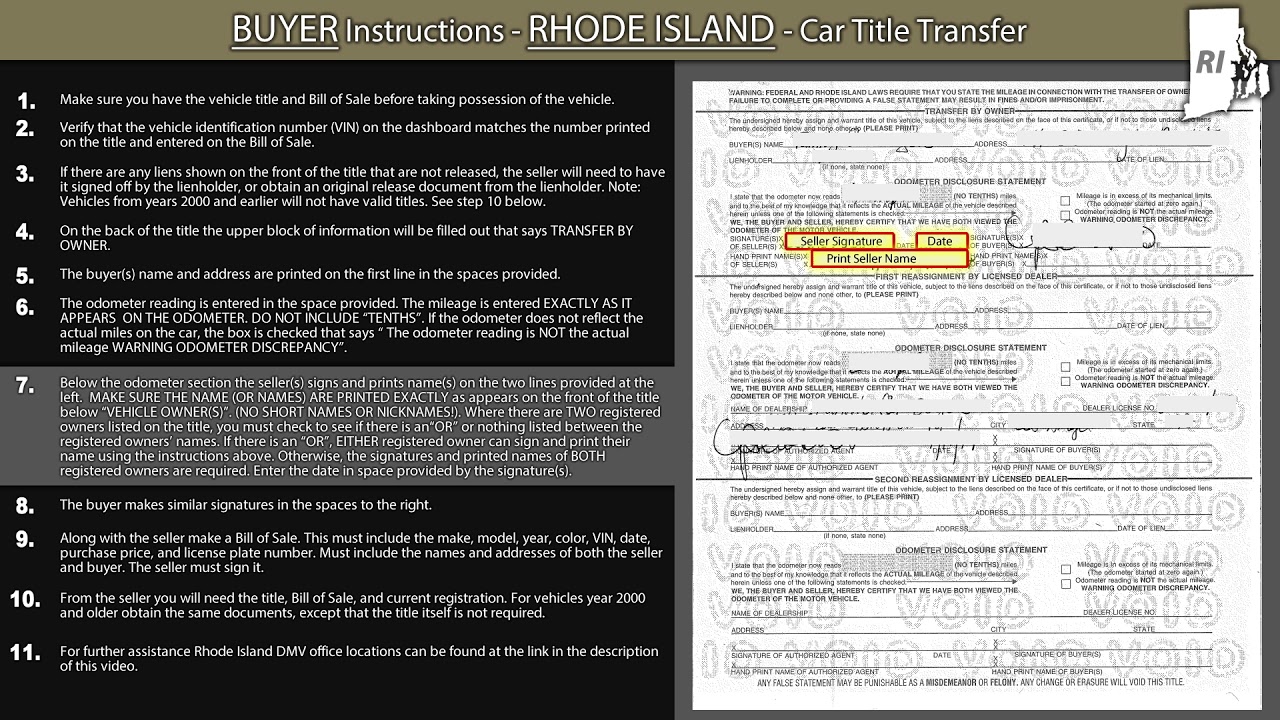Is Rhode Island Known for High Intoxication Rates?
Rhode Island, the smallest state in the United States, has often been associated with high levels of alcohol consumption and intoxicated individuals per capita. However, is this reputation truly justified? In this article, we will delve into the data and explore the intoxication landscape in Rhode Island.
Understanding Rhode Island’s Alcohol Consumption
Before examining intoxication rates, it is important to understand the prevailing alcohol consumption habits in Rhode Island. According to data from the National Survey on Drug Use and Health, Rhode Island consistently ranks among the top states in terms of alcohol consumption. The state has a vibrant nightlife scene, numerous bars and restaurants, and a culture that embraces social drinking, contributing to its reputation.
Examining Per Capita Intoxication in Rhode Island
To assess the extent of intoxication in Rhode Island, we must examine the per capita rates. According to the Centers for Disease Control and Prevention (CDC), Rhode Island had an estimated 22.8% of adults engaging in binge drinking in the past month, which is above the national average of 17.2%. This indicates that a substantial portion of the population in Rhode Island engages in excessive alcohol consumption.
National Comparison: Rhode Island’s Rank
In a national comparison, Rhode Island consistently ranks among the top states for alcohol-related issues. Various studies and surveys consistently place Rhode Island in the top 10 states for per capita alcohol-related deaths, arrests, and other indicators of alcohol-related problems. While it may not hold the highest position in all categories, its consistent presence in the upper rankings is significant.
Factors Influencing Intoxication Rates in Rhode Island
Numerous factors contribute to the high intoxication rates in Rhode Island. The state’s small size and high population density make it easier for individuals to access alcohol. Additionally, the presence of prestigious universities and colleges within the state contributes to a younger demographic with higher rates of alcohol consumption. Economic factors, such as high levels of disposable income, also play a role in the prevalence of excessive drinking.
Demographic Analysis: Rhode Island’s Intoxication Demographics
A demographic analysis reveals interesting patterns regarding intoxication rates in Rhode Island. Young adults between the ages of 18 and 34 consistently exhibit higher rates of alcohol consumption and intoxication compared to other age groups. Additionally, males tend to have higher rates of intoxication than females. These demographic patterns provide insights into the specific populations that may require targeted intervention and prevention efforts.
Alcohol Education and Prevention in Rhode Island
Recognizing the importance of addressing alcohol-related issues, Rhode Island has implemented several alcohol education and prevention programs. These initiatives aim to raise awareness about the dangers of excessive alcohol consumption and provide resources for individuals struggling with alcohol-related problems. Programs such as Responsible Beverage Service Training and Safe Ride Home aim to reduce the prevalence of intoxication and promote responsible alcohol consumption.
Public Policies Addressing Intoxication in Rhode Island
Rhode Island has also implemented public policies to address intoxication rates and alcohol-related problems. The state has stringent DUI laws, including mandatory alcohol education and treatment programs for offenders. Additionally, stricter regulations for alcohol sales and distribution have been put in place to reduce accessibility and restrict the availability of alcohol to underage individuals.
Rhode Island’s Efforts to Reduce Intoxication Rates
Recognizing the need for comprehensive strategies to combat intoxication, Rhode Island has adopted a multi-faceted approach. This includes community-based prevention programs, screening and brief intervention practices in healthcare settings, and partnerships between law enforcement agencies and community organizations. By addressing the issue from various angles, Rhode Island aims to reduce the prevalence of intoxication and its associated consequences.
The Impact of Intoxication on Rhode Island’s Healthcare System
Intoxication places a significant burden on Rhode Island’s healthcare system. Excessive alcohol consumption contributes to an increased number of emergency department visits, hospitalizations, and alcohol-related injuries. The strain on healthcare resources not only impacts individuals but also the overall healthcare system. Recognizing this, efforts are being made to enhance access to alcohol treatment and recovery services to alleviate the burden on healthcare facilities.
Implications for Law Enforcement in Rhode Island
The high intoxication rates in Rhode Island present challenges for law enforcement agencies. It places a burden on police resources, requiring additional officers on patrol to address alcohol-related incidents. These incidents range from public intoxication and disorderly conduct to driving under the influence. Law enforcement agencies collaborate with other stakeholders to implement education, prevention, and enforcement strategies to mitigate the impact of intoxication on public safety.
Conclusion: Rhode Island’s Intoxication Landscape
While Rhode Island may not have the highest number of intoxicated individuals per capita, it undeniably faces significant challenges related to alcohol consumption and intoxication. The state’s vibrant nightlife, cultural factors, and demographic patterns contribute to the prevalence of excessive alcohol consumption. However, through education, prevention, and policy interventions, Rhode Island is actively addressing these issues with the aim of reducing intoxication rates and creating a safer and healthier environment for its residents.





